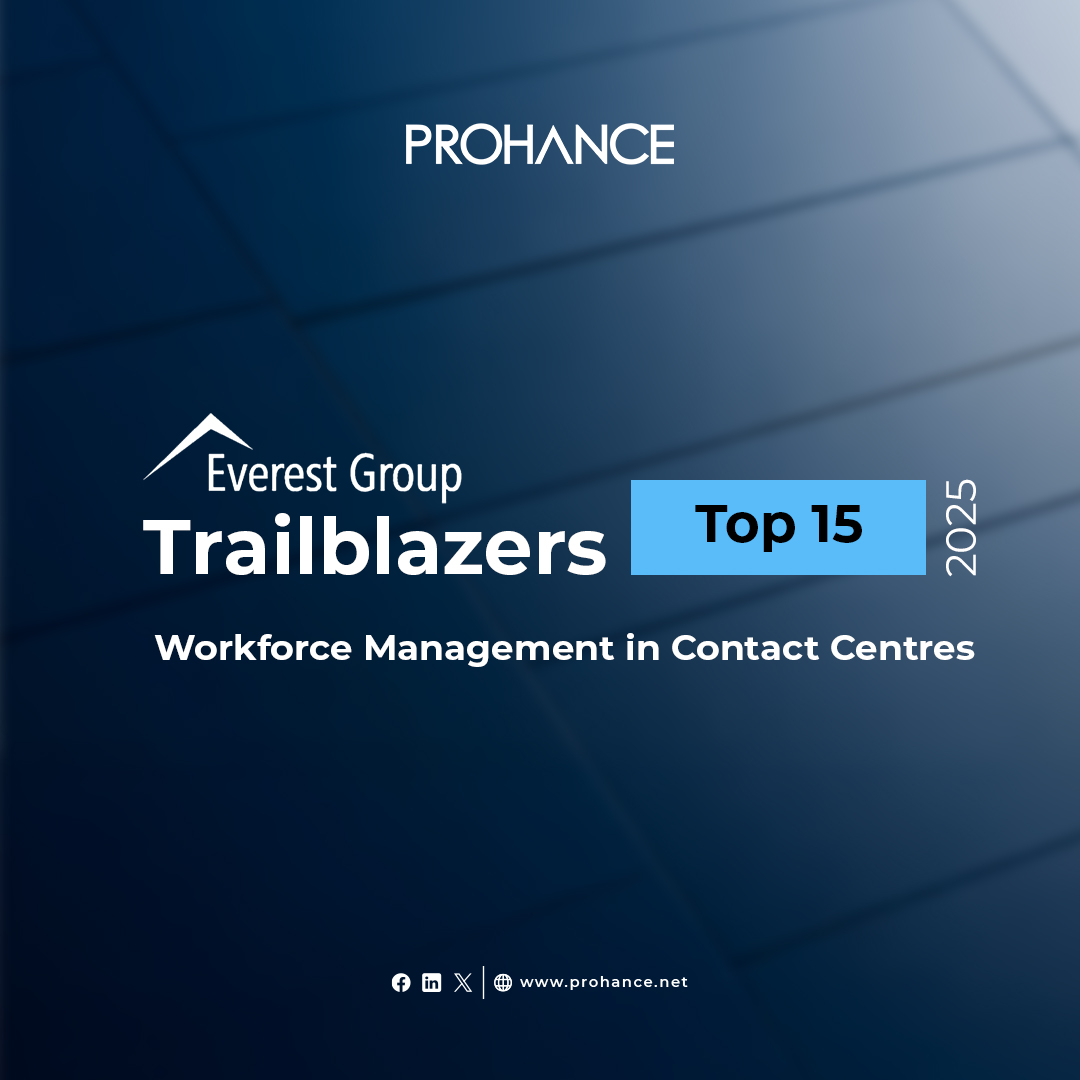A Quick Guide to Capacity Management: Benefits, Strategies and Process
Table of contents
Efficient utilization of resources is a critical aspect of business growth and success. Every organization strives to ensure its employees are productive, time is used efficiently, and employees are aligned with company goals. A successful business dedicates time and effort towards planning, monitoring, and adjusting all resources to ensure the timely delivery of high-quality products or services, while also reducing overheads.
This can be achieved with the right capacity management. Let’s delve in deeper and understand capacity management better.
What Is Capacity Management?
Capacity management is optimizing company resources to fulfill current and future business requirements. Capacity management can prevent process bottlenecks, limit delays or overuse of resources, reduce costs, and increase overall productivity. The result is improved operational efficiency, greater customer satisfaction, and enhanced business growth.
Capacity management isn’t a one-time undertaking. Rather, it is an ongoing process that calls for careful planning and execution. Across organizations and industries, basic capacity management involves the study of historical data, market trends, and business forecasts to make data-based decisions about how to best utilize resources. Managed proactively, a business will be quick to adapt to any market fluctuations and stay ahead in the game.
What Are the Benefits of Capacity Management?
Today more businesses are including capacity management in their business strategy because of the numerous benefits it offers. Here’s what you can expect when you invest in the process:
- Better Workforce Management: Capacity management offers leaders a better understanding of the abilities of their workforce. This helps them make informed decisions regarding hiring and promotion, giving them a definite advantage.
- Improved Employee Performance: Managers are better equipped to see, in real-time, which employees are unable to complete given tasks. Whether it is due to the lack of training or support, managers can step in to help them get better.
- Better Resource Allocation: Capacity management can redirect misallocated resources and ensure they are repurposed to be more effective. This helps the company save time, effort, and money.
- Find and Correct Process Issues: When the talent and resources are working correctly, the only hindrance to productivity is the process. With capacity management, it is easier to spot and fix issues.
- Plan for Future Demands: Capacity management helps understand resource utilization and needs in the past, and this past data makes it easier for an organization to predict and plan for upcoming projects or any expected surge in market demands.
Understanding the Capacity Management Process
There are two ways to approach capacity management. One is proactively and the other, reactively. There are numerous activities within both and neither approach is considered better or superior. However, more importance is given to proactive capacity management as there is less effort required to respond to challenges faced due to issues related to capacity or performance. Let’s look at both in greater detail.
Proactive Approach to Capacity Management
Here, the main activities include:
- Pre-empting performance issues by taking corrective measures before the problems arise.
- Using data to predict future requirements based on present levels of utilization.
- Designing models and trends based on the predictions made by the IT services.
- Setting up processes to ensure upgrades are budgeted, planned, and implemented on time.
- Being ready with capacity plans, and reviewing and maintaining them regularly.
Reactive Approach to Capacity Management
The primary activities are as follows:
- Staying up-to-date on the current functioning of the business by regularly measuring, reporting, and reviewing its current performance.
- Responding quickly to events and incidents associated with the capacity-related threshold and ensuring corrective measures are applied rapidly.
What Capacity Management Strategies Can a Business Apply?
Every organization and every industry is different, and each has different resource requirements. However, the four basic capacity management strategies that most organizations apply include:
- Lag Strategy: In this scenario, an organization reacts to a situation as it arises and makes resource decisions according to the need. A fine example would be hiring more people when the business sees the demand for a product or a service increase.
- Lead Strategy: This is a proactive approach to managing resource requirements where the business does not wait until the need is at their doorstep. A business might decide to hire and train new employees in preparation for a potential seasonal demand spike or when a new product or service is being introduced.
- Match Strategy: Some businesses prefer not to wait for changes within the organization or in the market. These companies regularly update their resources to match current and near-future demands.
- Adjustment Strategy: As the name suggests, this is a combination strategy that uses a mix of lag and lead strategy, as required, to get a balanced performance throughout the year.
Let’s Look at Some Examples of Capacity Management
Capacity management works best when an organization treats its people and their abilities as important and puts them on top of the list. The company must ensure that there are enough people with the right skills who will work efficiently to meet company objectives. Furthermore, it’s not enough to worry about employee productivity and its effect on profitability. Unless a company doesn’t focus on effective resource utilization, it puts its employee well-being at risk. Let’s consider these three examples that demonstrate why capacity management is important.
- Low Headcount: When the company lacks the skilled resources to meet its productivity and output expectations, either quality will suffer, staff will face burnout, or both. One of the first few sectors to realize this is the tech sector. There is tremendous pressure to cut costs in the falling economy, and layoffs are increasingly common. Unless these tech companies allocate resources effectively, they will face problems with employees and productivity.
- Insufficient Work: Full-time, salaried employees are compensated for eight work hours irrespective of how much time they spend working on company projects. During slow periods or if the business changes its objectives, some of these employees might find idle time on their hands. The company will continue paying them for time that isn’t utilized and the employees may experience job dissatisfaction.
- Under-skilled Staff: A business needs to hire trained and skilled staff to do their work. However, a business is always growing, and if the employees are not trained on new products or services, the company suffers the consequences. Additionally, the introduction of new tools or technology meant to ease work could actually hamper employees’ ability to work if they don’t know how to use them.
Also Read: Effective Workforce Capacity Planning: The Ultimate Guide
Let’s Get Started On The Path To Success
For a company to achieve its business goals of optimal utilization of resources, increasing operational efficiency, and scaling new levels of growth, it needs to rely on capacity management. It takes the right combination of applying the perfect strategy and using the correct tools to ensure the right capacity to fulfill customer demands and stay ahead of the competition.
Frequently Asked Questions
Q1. Are There Any Challenges Associated with Capacity Management?
As with any business management process, there are a few challenges that an organization could face. But the right mindset can help overcome these challenges:
- Lack of commitment from the senior management and people towards the process.
- Insufficient resources or budget allocation.
- Bureaucratic roadblocks.
- Manually intensive processes currently present.
- Service and component capacity management conducted separately resulting in inaccurate results.
Q2. What is The Purpose of Capacity Management?
Capacity management’s scope is to effectively and efficiently manage the relationships between the three variables in a business – resources, workload, and service levels. The main purpose of capacity management is to ensure that the infrastructure and resources of a business are able to meet the performance requirements in a timely and cost-effective manner.
Q3. How Can a Business Get the Most Out of Capacity Management?
Capacity management isn’t a one-time activity. It requires consistent effort and attention. Here are six best practices to keep in mind:
- Making informed decisions using workforce data rather than relying on your gut.
- Comparing past capacity projections with actual needs and using that knowledge to your advantage.
- Aligning capacity management strategy to company goals and allocating resources based on actual priority.
- Staying a step ahead by planning for multiple scenarios.
- Using historical data to identify potential risks and challenges to your business.
- Keeping room for flexibility and being ready to change the capacity management strategy based on the situation.






